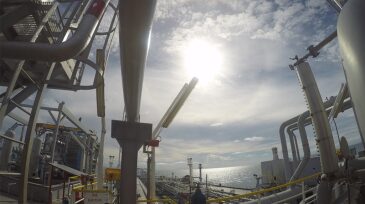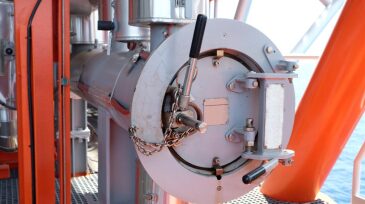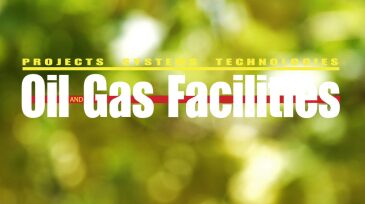Onshore/Offshore Facilities
The contract will cover the design and manufacturing of tree systems, flexible flowlines, a manifold, and controls, as well as installation of the subsea production system.
DTEK has delivered its first US-sourced LNG shipment through Lithuania to supply Ukraine and neighboring countries this winter.
Sponsored
Advance your career with the new Pipeline Engineering Program at the Technical University of Leoben, a 5-month course combining on-campus and online learning, integrating industry expertise, engineering practice, and future-ready skills for professionals in oil, gas, and emerging energy systems.
-
A team of oil and gas consultancy companies have formed a collaborative program aimed at offering integrated support for operators looking to retire redundant facilities without in-house overhead.
-
Since the recent oil price downturn, the offshore MMO market has witnessed a significant decline in global expenditure. The most severe decline in total regional expenditure is anticipated to occur in North America, with modifications expenditure forecast to drop by 56% between 2014 and 2016.
-
When the underlying cause of flow-related issues on offshore projects is unknown, an expert said an investigation of fluid flow behavior based on an understanding of the first principles of flow assurance is necessary.
-
Natural-gas-infrastructure reliability is critical for the energy sector. When capitalizing on old pipelines to transport natural gas, operators run the risk of partial blockage. In this study, the authors develop a multirate test method to detect partial blockage in a gas pipeline.
-
Subsea tieback of a new field to an existing offshore production facility is one option to minimize development costs.
-
Lessons learned in debottlenecking a “dirty” triethylene glycol contactor at the ExxonMobil Upstream Research Company’s LaBarge Black Canyon Facility in Wyoming highlight the results of work performed between 2001 and 2004.
-
Looped lines are used to reduce pressure drop and increase flow capacity, but information on the flow behavior or predictive methods are not available for these systems.
-
This paper describes a new direct electrical heating method in flexible-pipe systems. The method effectively expands the operational envelope of flexible unbonded pipes with greater control of hydrate plugs and wax precipitation by distributed heating along the entire pipe length,
-
Medium-voltage electric heating systems offer reduced installation cost and increasing efficiency for multimegawatt oil and gas heating applications compared with low-voltage systems. For offshore applications, the systems offer the added benefit of both space and weight reductions.
-
Thermoplastic composite pipe (TCP) is a spoolable, fully bonded pipe with glass or carbon-fiber reinforcements. While most often used in deep water, the combination of a solid wall, spoolability, and corrosion resistance makes TCP attractive for production-flowlines in shallow water also.













